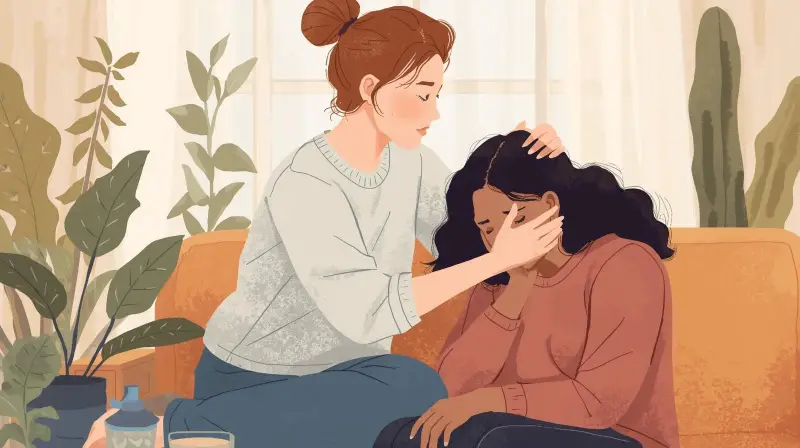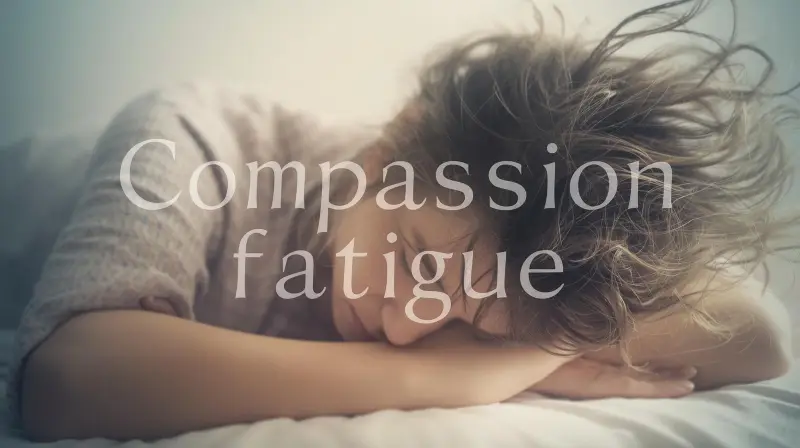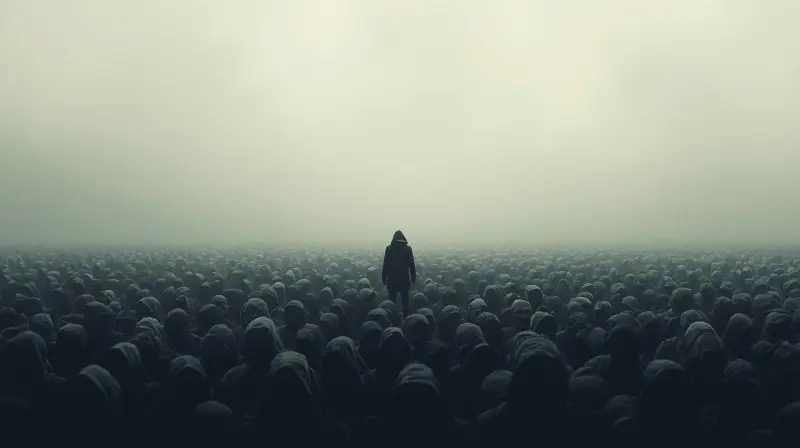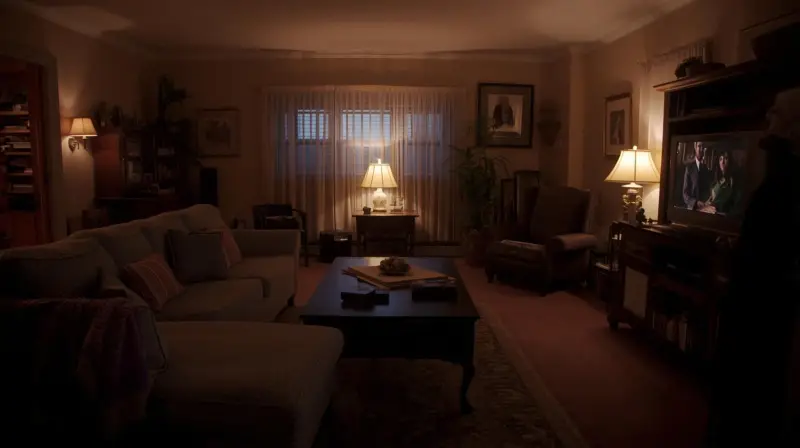Love-hate relationships are intense, emotionally volatile, and often confusing. They involve cycles of affection and resentment that can feel like an emotional rollercoaster, passionate one moment, destructive the next. While this dynamic is often romanticized in media as “fiery passion,” research paints a more troubling picture.
A 2017 study in Frontiers in Psychology found that intense love can quickly turn to strong hatred after betrayal, especially in relationships with shared values. These conflicting emotions often arise from past trauma, insecure attachment styles, and unmet expectations. Common in romantic and close family ties, love-hate dynamics mimic addictive reward cycles in the brain, leading to emotional fatigue and instability over time.
In this article, we’ll break down the psychology behind love-hate relationships, explore the signs, and share strategies for managing or moving on from this emotionally draining dynamic.
What Defines a Love-Hate Relationship?

You know the feeling: one moment, you’re laughing, feeling more connected to your partner than anyone in the world.
Next, a minor disagreement spirals into a full-blown argument, and you feel a surge of resentment so strong it’s almost palpable. This is far more than simply a terrible day; it’s the distinguishing feature of a love-hate relationship.
These relationships are a perpetual cycle of passionate highs and painful lows. They lack stability and predictability, making them an emotional rollercoaster that is both exhilarating and exhausting. The intense emotional swings are not just a byproduct of the relationship; they are, for many, the very thing that keeps them hooked.
The Psychology of Why
So, what psychological forces are at play that make this toxic dance so compelling and challenging to escape? Let’s break down the key theories.
The Role of Attachment Theory
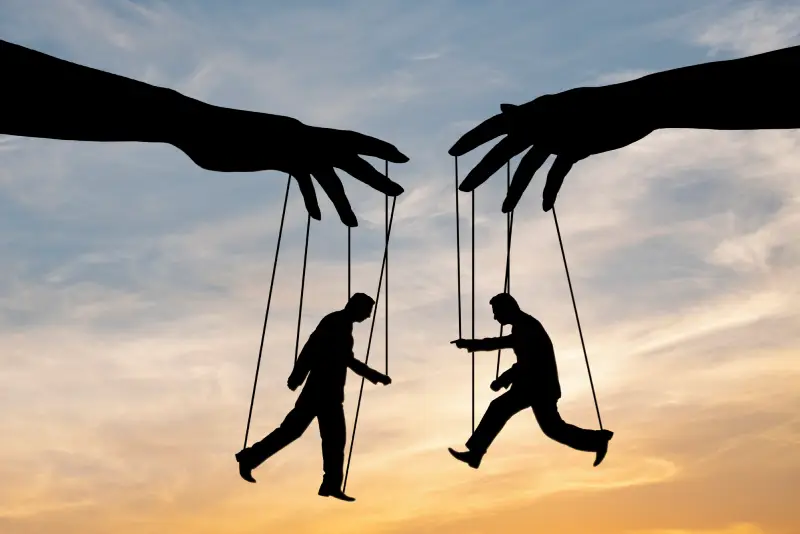
Perhaps the most significant factor in the love-hate dynamic is an individual’s attachment style. Developed by psychologist John Bowlby, attachment theory explains how we form bonds with others, influenced by our early relationships with our primary caregivers.
While a secure attachment style leads to stable, trusting relationships, insecure styles can set the stage for chaos.
The push-pull dynamic of a love-hate relationship is often a direct result of two specific insecure attachment styles:
- Anxious-Preoccupied Attachment: This individual craves intimacy and closeness but fears abandonment. They are constantly seeking validation and reassurance from their partner. This leads to a clingy, demanding, and often emotional dependency that can feel suffocating to their partner.
- Dismissive-Avoidant Attachment: This person values independence and self-sufficiency above all else. They are uncomfortable with emotional intimacy and tend to pull away when a partner tries to get too close. This creates a distance that makes the anxious partner’s fears of abandonment a reality.
When these two styles clash, the anxiously attached partner pursuing and the avoidant partner retreating, a love-hate cycle is born. The anxious partner’s intense pursuit can feel like both “love” and “hate” when they are rejected.
The avoidant partner, meanwhile, finds the emotional intensity both alluring and overwhelming, leading to a constant cycle of getting close and then pushing away.
The Neurobiological Tug-of-War

Beyond learned behaviors, our very brains are wired to get caught in this cycle. Love-hate relationships are chemically addictive. Here’s how:
- Dopamine’s Rollercoaster: Stress hormones like cortisol and adrenaline surge through your brain during a conflict. When you make up, a rush of dopamine, the “feel-good” neurotransmitter, is released. This creates a powerful reward system. The dramatic fight, followed by a passionate reconciliation, creates an intense “dopamine hit” that can be more powerful than the steady, predictable calm of a healthy relationship. Your brain starts to crave the conflict because it knows the intense reward will follow.
- The Oxytocin Paradox: At times of intimacy and trust, oxytocin, sometimes known as the “bonding hormone,” is released. In a love-hate relationship, this dynamic is most intense during the dramatic make-up phase, which reinforces the bond and makes it even harder to leave. You feel deeply bonded and loved, even after a terrible fight.
- The Role of Cortisol: The constant state of tension and conflict keeps your body in a “fight-or-flight” mode, flooding it with cortisol.
Anxiety, depression, and physical sickness are all consequences of persistently elevated cortisol levels, which are harmful to mental and physical health.
This neurological cycle is known as intermittent reinforcement, and it’s incredibly powerful. Instead of getting a consistent reward, you get it unpredictably.
This makes you more likely to repeat the behavior, in this case, staying in the relationship, in the hope of getting that next “high,” even if the lows are more frequent.
Cognitive Dissonance and Justification
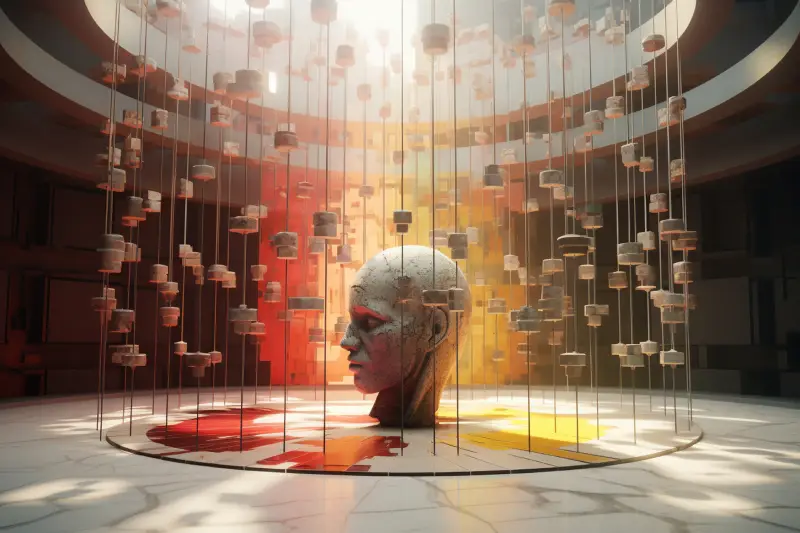
The mental pain we experience when we hold two opposing views or values concurrently is known as cognitive dissonance. In a love-hate relationship, this looks like: “I love this person” vs. “This person treats me terribly.”
To resolve this uncomfortable state, our brains will often find a way to justify the behavior. We might tell ourselves things like:
- “They only get angry because they care so much.”
- “The good times are so good that they make the bad times worth it.”
- “I must be doing something to make them act this way.”
This mental gymnastics allows the individual to stay in the relationship without having to confront the painful reality of its dysfunction. It’s a form of self-deception that perpetuates the cycle.
Trauma and Relationship Patterns
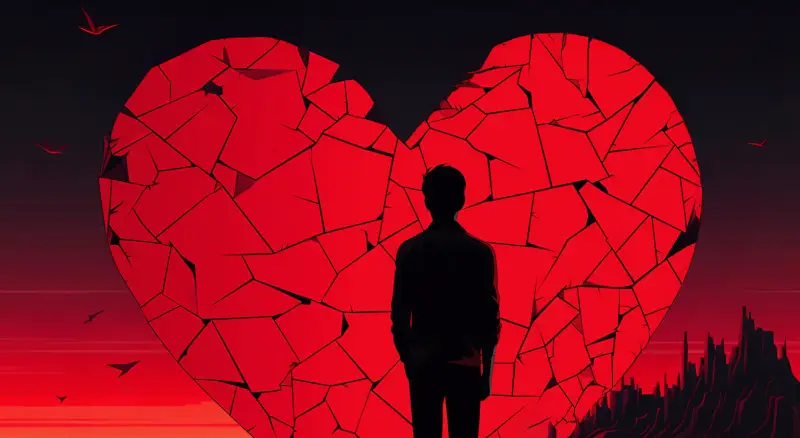
Our past experiences, especially those from childhood, can profoundly shape our adult relationships. If you grew up in a chaotic or unpredictable environment, where love was often intertwined with conflict, a love-hate dynamic might feel familiar.
This can be a subconscious attempt to re-enact and “resolve” past traumas. You might be drawn to a partner who replicates the dynamics of your childhood, hoping that this time, you can get it right. This is known as trauma bonding, where an intense emotional bond is formed as a result of a shared traumatic experience or an ongoing cycle of abuse and intermittent affection.
The bond is a powerful one, born from a deep-seated need for validation and love from a source that is also causing pain.
Personality and Character Traits
Finally, certain personality traits can fuel the fire of a love-hate relationship. Individuals with a history of poor emotional regulation, such as those with narcissistic or borderline personality traits, may be more prone to explosive outbursts and dramatic reconciliations.
- Narcissistic Traits: A narcissistic individual might create conflict to feel in control and maintain a sense of power. The reconciliation allows them to feel adored and validated, which feeds their ego.
- Borderline Personality Traits: An individual with borderline traits experiences intense emotions and a deep fear of abandonment. This can result in a push-pull dynamic, where they desperately pull their partner close and then push them away in a misguided effort to protect themselves from being abandoned.
Explore the Four Stages of a Self-Perpetuating Cycle
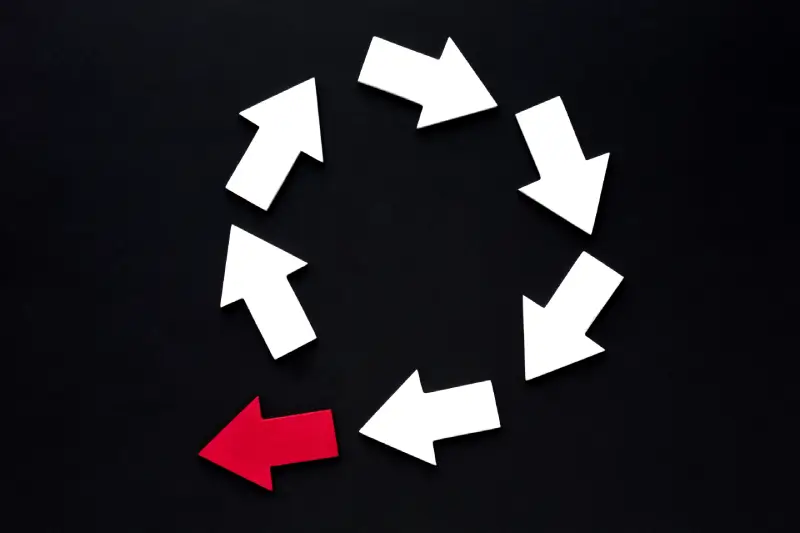
The love-hate relationship is not a static state; it’s a dynamic, self-perpetuating loop. Understanding the four different phases of this cycle is key to recognizing it and, ultimately, breaking free.
- The Tension Building Phase: This is the quiet before the storm. Minor conflicts arise, unspoken resentments fester, and communication breaks down. You can feel the tension in the air, a sense of dread that an argument is imminent. The “love” feels strained, and the “hate” is simmering just beneath the surface.
- The Explosion Phase: The simmering tension finally erupts in a significant conflict. This can range from a screaming match to a cold, silent war. In this phase, the “hate” is overt. Harsh words are exchanged, boundaries are crossed, and the relationship feels broken.
- The Reconciliation Phase: After the explosion comes the dramatic make-up. One or both partners apologize, promises are made, and a powerful release of tension occurs. The rush of dopamine and oxytocin makes this phase feel incredibly intimate and loving. You feel closer than ever, convincing yourselves that you’ve overcome the obstacle.
- The Calm/Honeymoon Phase: For a brief period, things are good. You might think you’ve finally resolved the core issues. You remember why you fell in love with each other in the first place, and you cherish the peace that comes with it. However, the calm is often temporary, as the underlying issues remain unresolved. The cycle begins to repeat itself.
This cycle becomes a habit. Each repetition makes it harder to leave because the dramatic highs and lows become the new normal. The brain becomes accustomed to chaos, and stability can even feel boring or uncomfortable.
The Damaging Impact of the Dynamic

The romanticized version of a love-hate relationship is a dangerous myth. In reality, living in this cycle takes a severe toll on your well-being.
- Emotional and Mental Exhaustion: The constant highs and lows are emotionally draining. You are always on edge, waiting for the next conflict or trying to anticipate your partner’s mood. This chronic stress can lead to burnout.
- Erosion of Self-Esteem: When you’re constantly fighting and making up, you’re living in a state of emotional invalidation. Your sense of self-worth is tied to your partner’s moods, and you may start to believe that you are the cause of the conflict. This can lead to profound self-doubt and a loss of identity.
- Mental Health Risks: The chronic stress from a love-hate relationship is a significant risk factor for developing anxiety disorders, depression, & other mental health issues.
- Physical Health Dangers: Numerous health issues, such as elevated blood pressure, a compromised immune system, and a higher danger of heart disease, can result from prolonged exposure to cortisol and adrenaline.
- Social Isolation: The relationship often becomes all-consuming, leaving little energy for friendships, family, or personal hobbies. This isolation can be both a symptom and a cause of staying in the toxic cycle.
A Path to Healthier Connections

Breaking free from a love-hate relationship is challenging, but it is possible. It requires courage, self-awareness, & a commitment to personal growth.
- Cultivate Radical Self-Awareness: The first and most crucial step is to recognize the pattern. Acknowledge the cycle for what it is, a destructive loop, rather than a sign of passionate love. Start journaling to track your moods and the pattern of your conflicts. Ask yourself, “What am I getting out of this dynamic?” and “Is this truly serving my well-being?”
- Understand Your Attachment Style: Learning about your attachment style can be a profound eye-opener. It helps you know your emotional triggers and why you might be drawn to a specific type of relationship. This knowledge is the first step toward healing and developing a more secure attachment style.
- Set and Enforce Boundaries: Boundaries are the foundation of any healthy relationship. In a love-hate dynamic, they are often non-existent or constantly violated. You must learn to set clear limits on what you will and will not tolerate.
This can be as simple as, “I will not discuss this when you are yelling,” or “I need space to cool down before we talk.” The key is to enforce them, even if it causes a temporary conflict.
- Improve Communication Skills: Most love-hate relationships are characterized by poor communication. Instead of expressing needs calmly, partners tend to attack or stonewall. Learning to use “I feel” statements, practicing active listening, and employing conflict resolution techniques can be beneficial.
- Ask Professional Help: A therapist or counselor can be an invaluable ally in this journey. They can help you unpack your past, understand your attachment style, and learn healthier coping and communication skills. They can also provide a safe, neutral space to process the emotional turmoil and help you navigate a breakup, if that’s the right path for you.
- Create Time and Space: Stepping back from the relationship, even temporarily, can give you the perspective you need to see the cycle. It can help you reconnect with your sense of self outside of the dramatic highs and lows.
Final Thoughts
Love-hate relationships can be emotionally intense, but they are not necessarily doomed to fail. With self-awareness, healthy boundaries, and sometimes professional help, it’s possible to shift the dynamic or walk away stronger.
Remember: real love doesn’t feel like a constant war. It feels like peace. Choose the relationship that feels safe, not just exciting.


